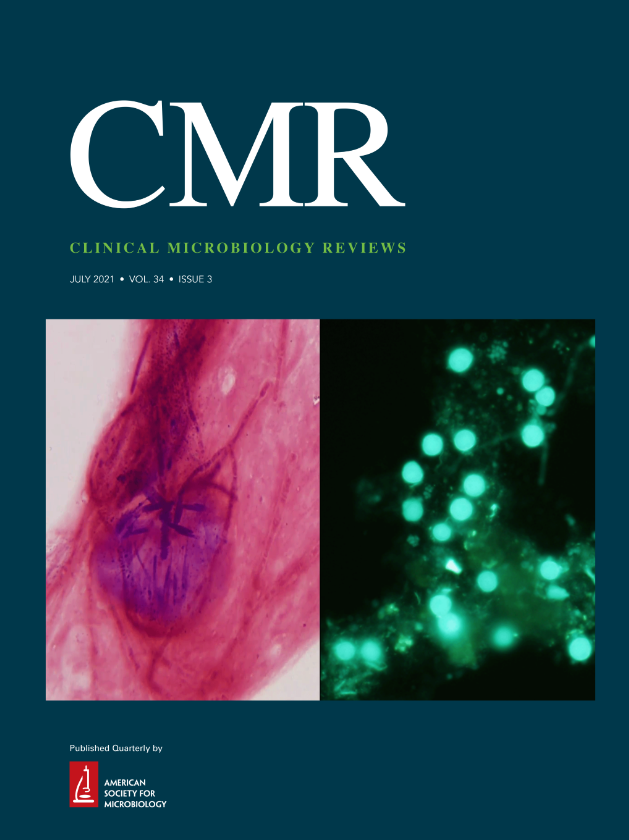The long reach of influenza and other respiratory viruses: from acute epithelial injury to post-viral lung disease.
IF 19.3
1区 医学
Q1 MICROBIOLOGY
引用次数: 0
Abstract
SUMMARYRespiratory viral infections cause extensive cell death in the lung epithelium, resulting from both direct viral action and exuberant immune responses. Recovery following viral infection requires rapid and coordinated repair programs, ensuring the replacement of the damaged tissue through proliferation, migration, and differentiation of respiratory epithelial progenitor cells. Viral infection and the resulting inflammatory milieu alter host gene expression. Notably, growing evidence indicates that these infections can induce long-term changes in epithelial progenitor cells, which persist even after the infection has resolved. These alterations may play a key role in the development of post-viral lung disease (PVLD). In this review, we discuss current knowledge regarding respiratory viral infections and how these may alter the gene expression and function of epithelial progeny cells arising from the surviving progenitors. We do so by exploring the influenza virus as an example and comparing it with what is known about other important respiratory viruses, such as respiratory syncytial virus (RSV), rhinovirus (HRV), and severe acute respiratory syndrome coronavirus 2 (SARS-CoV2). We highlight the impact of respiratory viral infection and ensuing inflammation on lung epithelial memory, considering the importance of viral strains, and discuss potential new therapeutic strategies that could maximize long-term lung health.流感和其他呼吸道病毒的长期传播范围:从急性上皮损伤到病毒感染后肺部疾病。
呼吸道病毒感染引起肺上皮细胞广泛死亡,这是由直接病毒作用和旺盛的免疫反应引起的。病毒感染后的恢复需要快速和协调的修复程序,通过呼吸上皮祖细胞的增殖、迁移和分化来确保受损组织的替换。病毒感染和由此产生的炎症环境改变了宿主基因的表达。值得注意的是,越来越多的证据表明,这些感染可以诱导上皮祖细胞的长期变化,即使在感染消退后也会持续存在。这些改变可能在病毒后肺部疾病(PVLD)的发展中起关键作用。在这篇综述中,我们讨论了目前关于呼吸道病毒感染的知识,以及这些知识如何改变存活祖细胞产生的上皮后代细胞的基因表达和功能。为此,我们以流感病毒为例,并将其与已知的其他重要呼吸道病毒(如呼吸道合胞病毒(RSV)、鼻病毒(HRV)和严重急性呼吸道综合征冠状病毒2 (SARS-CoV2))进行比较。我们强调呼吸道病毒感染和随后的炎症对肺上皮记忆的影响,考虑到病毒株的重要性,并讨论可能最大化长期肺健康的潜在新治疗策略。
本文章由计算机程序翻译,如有差异,请以英文原文为准。
求助全文
约1分钟内获得全文
求助全文
来源期刊

Clinical Microbiology Reviews
医学-微生物学
CiteScore
54.20
自引率
0.50%
发文量
38
期刊介绍:
Clinical Microbiology Reviews (CMR) is a journal that primarily focuses on clinical microbiology and immunology.It aims to provide readers with up-to-date information on the latest developments in these fields.CMR also presents the current state of knowledge in clinical microbiology and immunology.Additionally, the journal offers balanced and thought-provoking perspectives on controversial issues in these areas.
 求助内容:
求助内容: 应助结果提醒方式:
应助结果提醒方式:


